Beta Pictoris is one of the most ideal targets for studying planet formation. The young 23 Myr system consists of a bright central star (easily visible with the naked eye) surrounded by a edge-on debris disk composed of dust and gas. The system has also been photographed repeatedly with direct imaging (discovery paper) which has revealed the presence of a giant planet which we see moving here (the star light has been masked out):
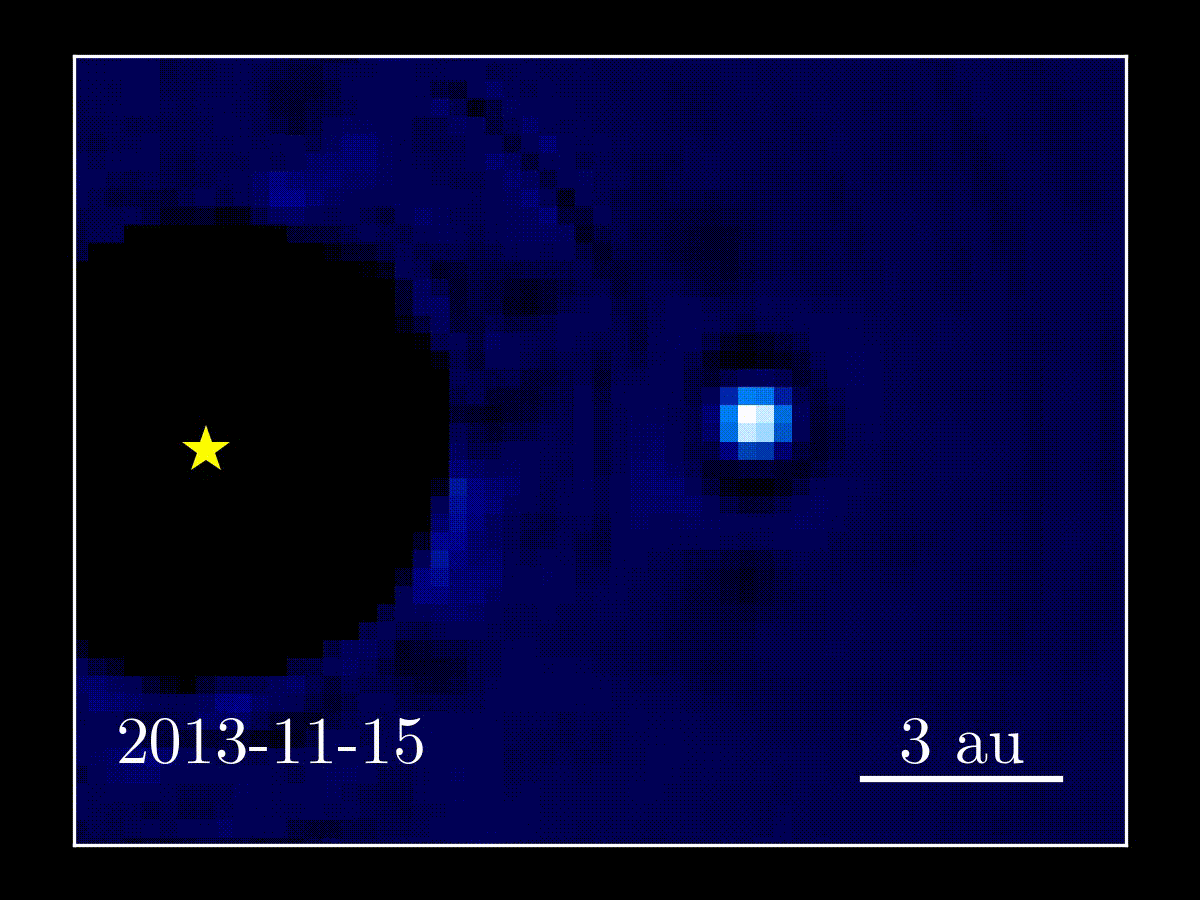
Credit: Jason Wang (UC Berkeley)/Gemini Planet Imager Exoplanet Survey
Now a second planet, called beta Pictoris c, has been found. This planet is ~9 times the mass of Jupiter and orbits with a period of ~3.3 years at distance of ~2.7 au from the central star on an eccentric orbit (e~0.24). Compared to beta Pictoris b, planet c is three times closer to the central star and 30% less massive.
Unfortunately I do not have a nice video of the planet to show you. This is because it is much too close to the star to be detected using direct imaging (for the moment). Instead it was detected using the radial velocity technique. It was a hard planet to find, not because the radial velocity signal was low, but because of the pulsating nature of the star which masks out the signal. To remove the contributions by stellar pulsations, the team (which I am a part of) analysed 6645 spectra obtained between 2003 and 2018 using the HARPS planet hunting spectrograph. You can read about the process here.
Below is a plot showing the radial velocity data of the star on the left with a zoom in showing the stellar pulsations on the right.

Radial velocity data of beta Pic between 2008 and 2018. Lagrange et al. (2019)
After carefully modeling the stellar pulsations and subtracting them from the data one is left with the radial velocity variations by the planet:
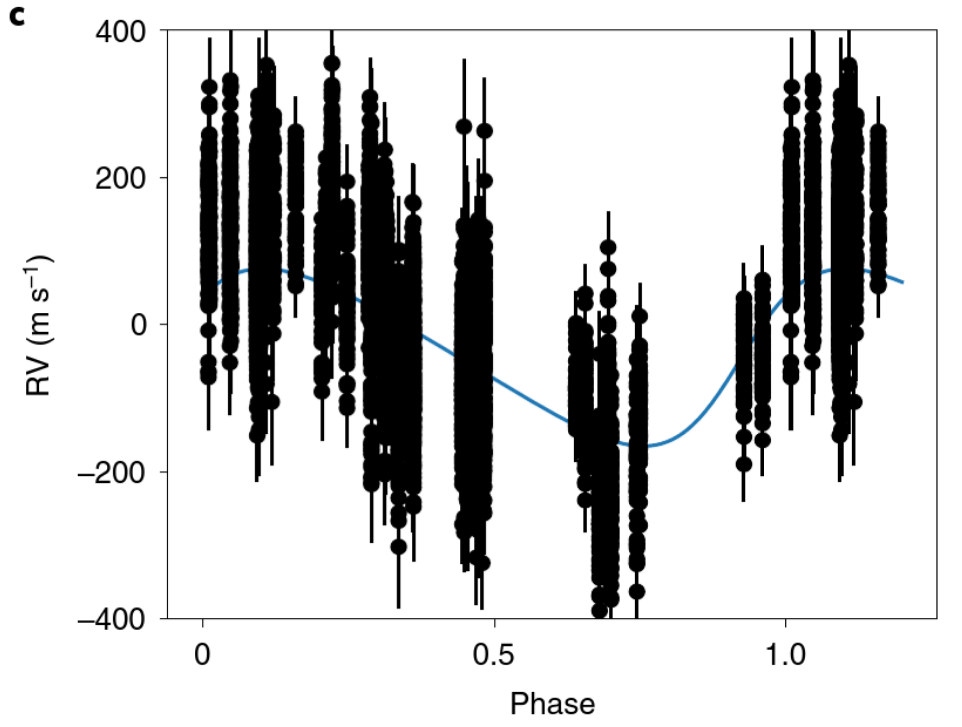
Radial velocity variations caused by beta Pic c. Lagrange et al. (2019)
The team meticulously analysed the data to see if there was anything else which may have caused the variations. This includes systematic observing errors due to temporal variations due to the weather and the Moon, systematic effects, remaining stellar pulsations and exocomets. They found none.
What makes this discovery special?
The beta Pic system is the only system for which one planet has been detected via a direct technique (direct imaging) and a second planet through an indirect technique (radial velocity). Beta Pic marks the second multiplanet system with at least one imaged planet (the other being HR 8799).
Beyond that, the discovery of beta Pic c provides us with promising potential to learn a thing or two about planet formation especially if we are able to directly image the planet.
Gas-giant planets that form via core accretion might have characteristics which are quite different from those that form via disk-instability. The theory seems to indicate significant differences between the two formation models for young massive planets (see paper by Spiegel & Burrows et al. 2012). If the planet has formed via disk instability it is thought the planet will exhibit higher effective temperatures compared to core-accretion objects.
The higher temperature will make the planet look orders of magnitude brighter. Provided the planet is far enough away from the star (as seen from Earth) allowing us to separate out the light form the star and the planet, it may be one day possible to image the planet. By measuring how bright it is might be able to provide confirmation of a brightness prediction, and thus inform us about how it formed.
Due to present uncertainties on the orbital parameters it is not yet possible to accurately predict when the planet is the furthest away from the star.
This provides all the more motivation to keep following up the target in order to both confirm the detection and also make more accurate predictions about it’s orbit.
Downloads
You can read the paper here.
Image feature credit: AM Lagrange / P Rubini.

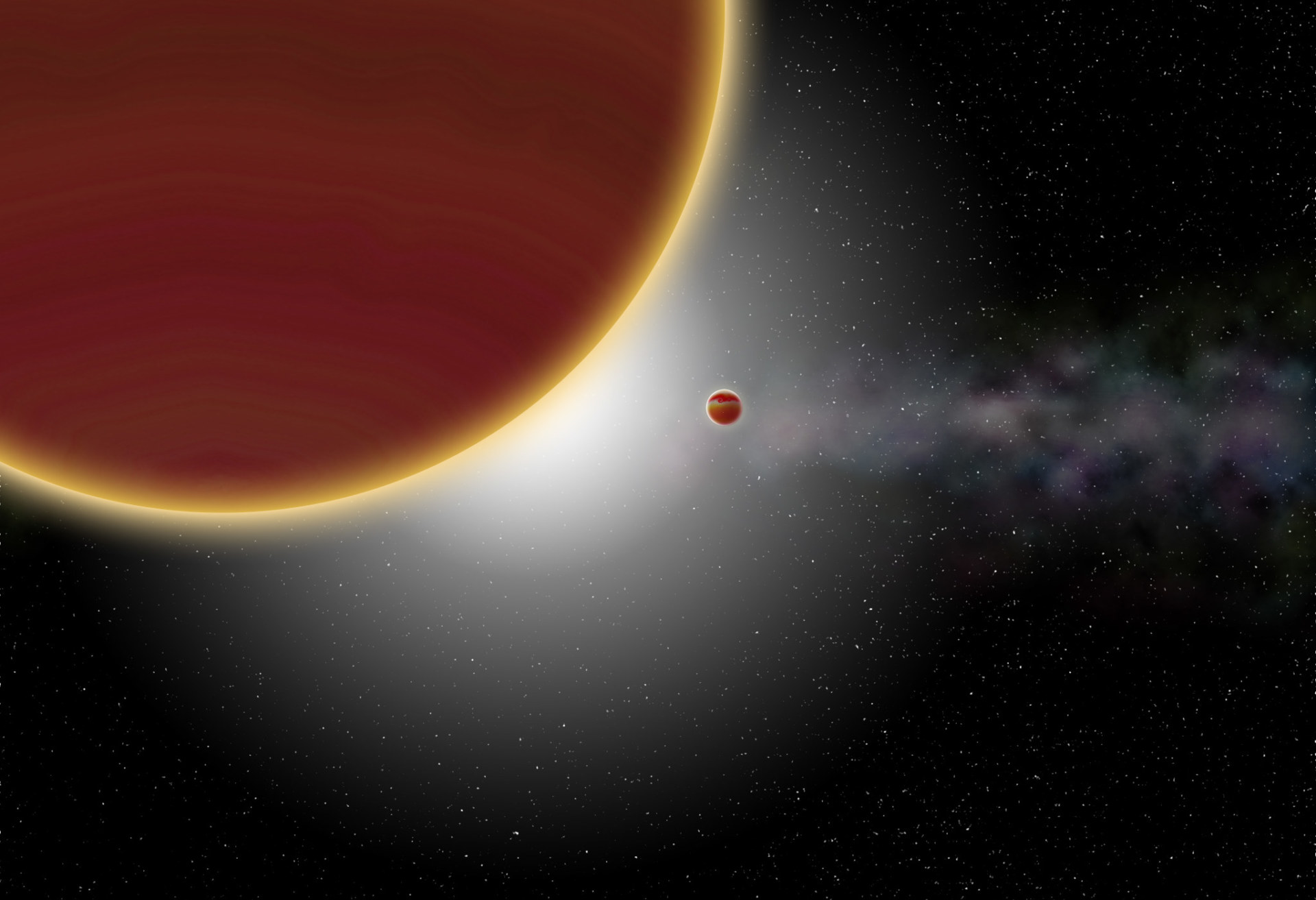
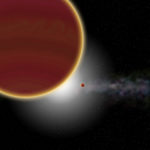



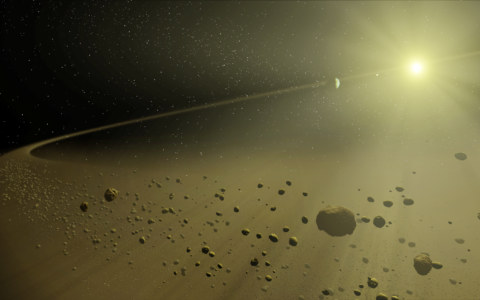

What a nice blog! I want to know if the author will continue to update? I have learned a lot of interesting things about exoplanets from you, thank you!